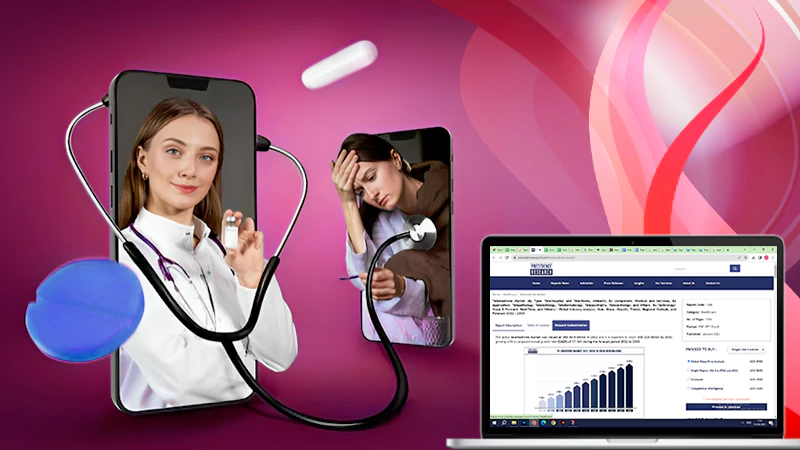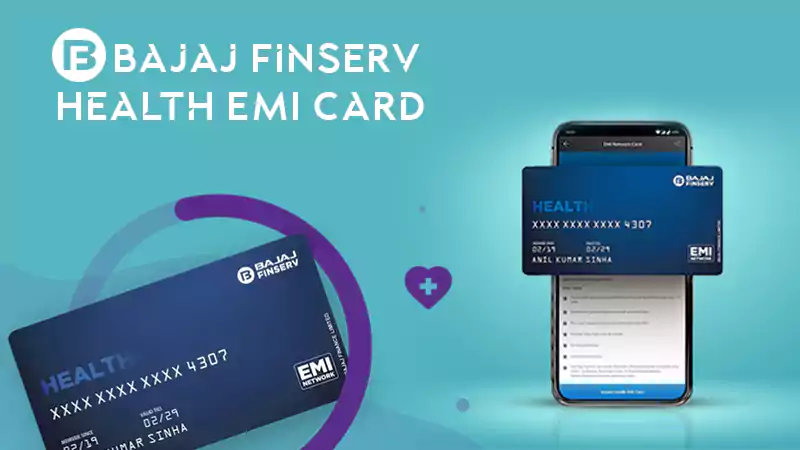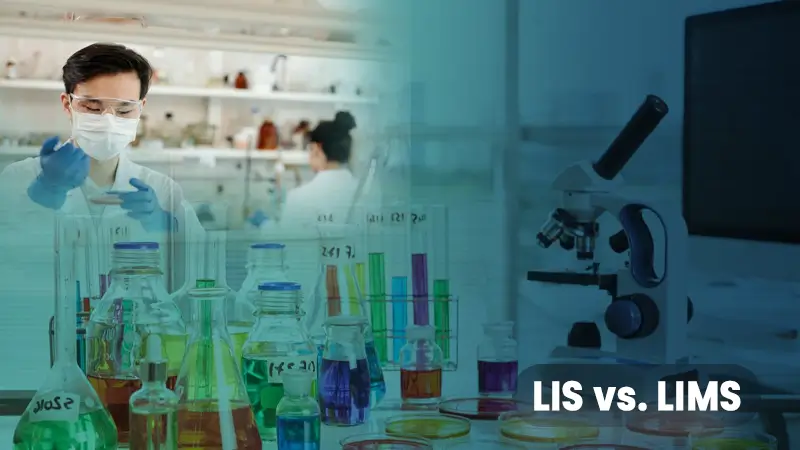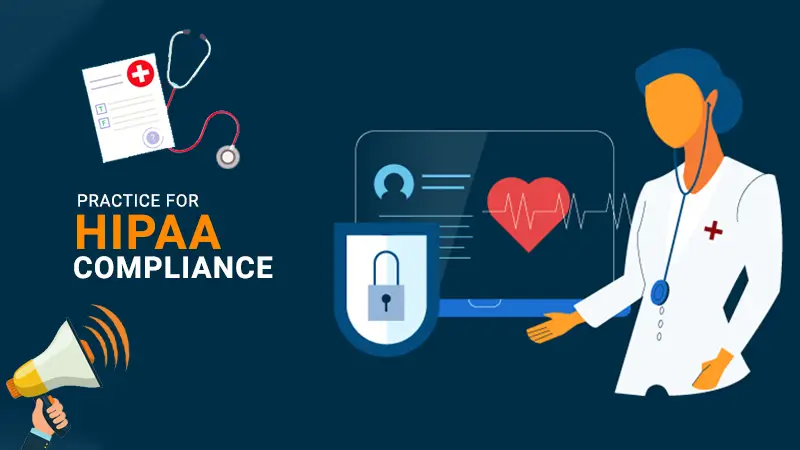Feel Shaky But Blood Sugar is Normal
Headaches, hazy vision, or exhaustion are all likely indications of hypoglycemia or low blood sugar.
While managing diabetes, it is a must to know that it’s important to keep the blood glucose steady and within healthy limits. At times, in diabetes, the glucose levels might go too high, however letting the levels fall down too low, in other terms, is called hypoglycemia, and it is so dangerous.
Hypoglycemia is a condition when blood sugar falls to 70 milligrams per deciliter (mg/dL) or lower. Both individuals having type 1 diabetes and type 2 diabetes are at a higher risk for blood sugar variations than individuals without the illness as their bodies either fail to produce a sufficient amount of insulin or fail to make use of it properly. Insulin is a hormone responsible for moving glucose to cells as well as muscles for energy. Usually, individuals having type 1 diabetes fail to produce enough insulin, whereas individuals having type 2 diabetes still produce insulin but have what’s termed as insulin resistance, where there is a resistance towards the hormone, resulting in the accumulation of blood sugar.
If a person is non-diabetic, his or her body is characteristically capable of controlling the blood sugar levels just fine, however in case a person is diabetic, he or she must discuss with the concerned doctor about the target range, as everybody’s goal differs. Here’s everything about hypoglycemia, one must be aware of.
Signs of Hypoglycemia
The good news is that people can utilize test strips or a continuous glucose monitor to assess their blood glucose levels as per studies. It’s vital to understand that few individuals might feel signs of low blood sugar even though the levels are normal, a condition named pseudohypoglycemia. But there are a few mild cases of low blood glucose who might not find any signs at all. Here, regular at-home testing plays a key role if a person is diabetic, particularly if a person is diagnosed with type 1 diabetes.
One of the initial physical signs of hypoglycemia is feeling hungry. In the beginning, a person may pass this off as being “hangry” if he or she has other signs such as irritation from not having it in a while. But in addition to hunger and irritability, there are some other early symptoms of hypoglycemia like:
- Headaches
- Shakiness, which is particularly clear in hands
- Feeling anxious
- Concentration difficulties
- Unclear vision
- Faintness
- Sleepiness
- Pale skin
- Increased heart rate
More severe instances of hypoglycemia might appear when the blood glucose falls way too low. Diabetics are chiefly at risk for hypoglycemia because of the medicines recommended to help control high blood glucose levels. Also, there is a comparatively rare condition that results in considerable hypoglycemia named insulinoma. An insulinoma results from a noncancerous tumor in the pancreas that produces an excess amount of insulin.
Causes and Risk Factors of Hypoglycemia
For many individuals having diabetes, hypoglycemia is more complicated as compared to simply not obtaining a sufficient amount of glucose. A person’s medicine may result in low blood sugar, for instance.
If a person has type 1 diabetes or if he or she has type 2 diabetes and uses insulin to control the levels of blood glucose, the person may experience low blood glucose if a proper quantity of insulin is not taken.
Other anti-diabetes drugs might slow down the production of insulin and make the blood sugar falls as well. Among these are the insulin-enhancing medicines for type 2 diabetes named sulfonylureas and their less effective equals named meglitinides.
Few Points to Have a Better Understanding About Hypoglycemia
At times, hypoglycemia might even take place in sleep, resulting in nightmares and sweating. Many studies have established that individuals having type 1 diabetes can have an enhanced risk of hypoglycemic-associated cardiac arrest throughout sleep. For individuals suffering from type 2 diabetes, it’s likely to experience hypoglycemia after consuming a large, carb-rich meal owing to the higher levels of insulin circulating in the body. The risk for hypoglycemia is based upon a person’s overall health and how well he or she is managing blood glucose.
How to Diagnose Hypoglycemia?
A doctor is responsible for diagnosing hypoglycemia depending upon a physical assessment, his or her health history, signs, as well as the testing of blood sugar. An initial step in diagnosis might be to document blood glucose values of below 70 mg/dL at home when signs crop up. This might be verified using a blood draw. The timing of hypoglycemia might play an important role in the diagnosis. Few reasons for hypoglycemia are more expected to give rise to low blood sugar while fasting, whereas other reasons may induce hypoglycemia post-meals.
Next, you can read: How Can CBD Improve the Overall Health of an Athlete?
Fitness Technology: The Latest Updates and Implications for…
Exploring Telemedicine Credentialing: Tips and Considerations
How to Keep Your Fitness Routine on Track…
The Ultimate Guide for Picking the Perfect Medical…
Take Care & Worry-Less with Bajaj Finserv Health…
LIS vs. LIMS: What’s The Difference?
Know About Various Types of Hair Transplantation
Top Workout Accessories of This Season
How to Develop High-Quality Medical Image Analysis Software
The 5 Best Practices for HIPAA Compliance
How Healthcare Industry Leverages Machine Learning Through Wearables
5 Best Aromatherapy Diffusers to Buy Online in…












